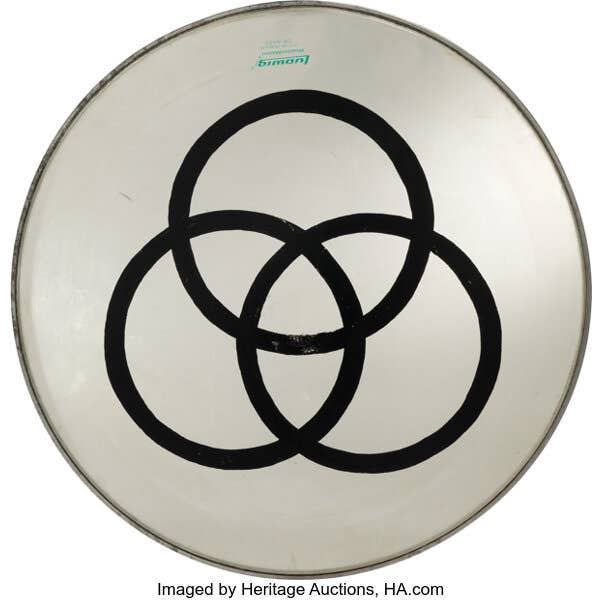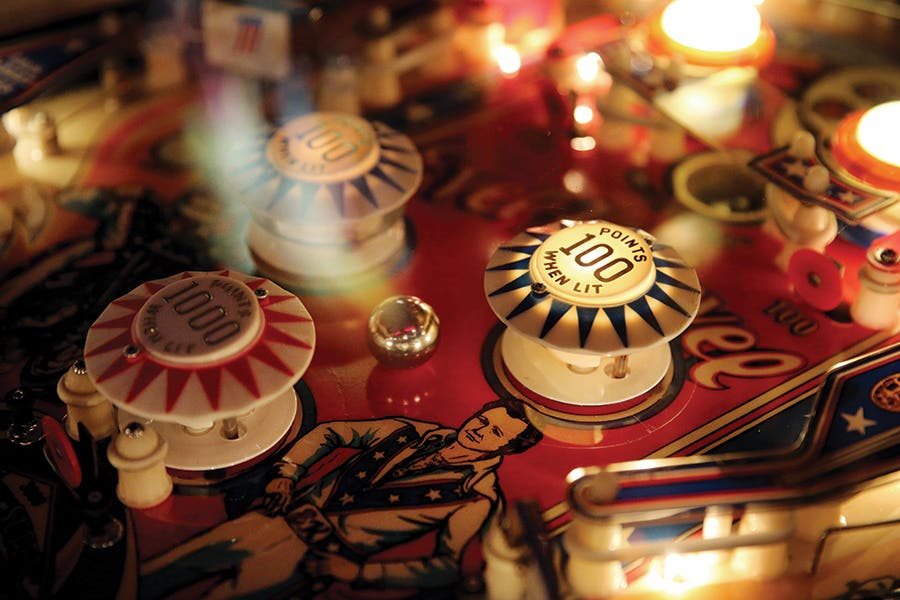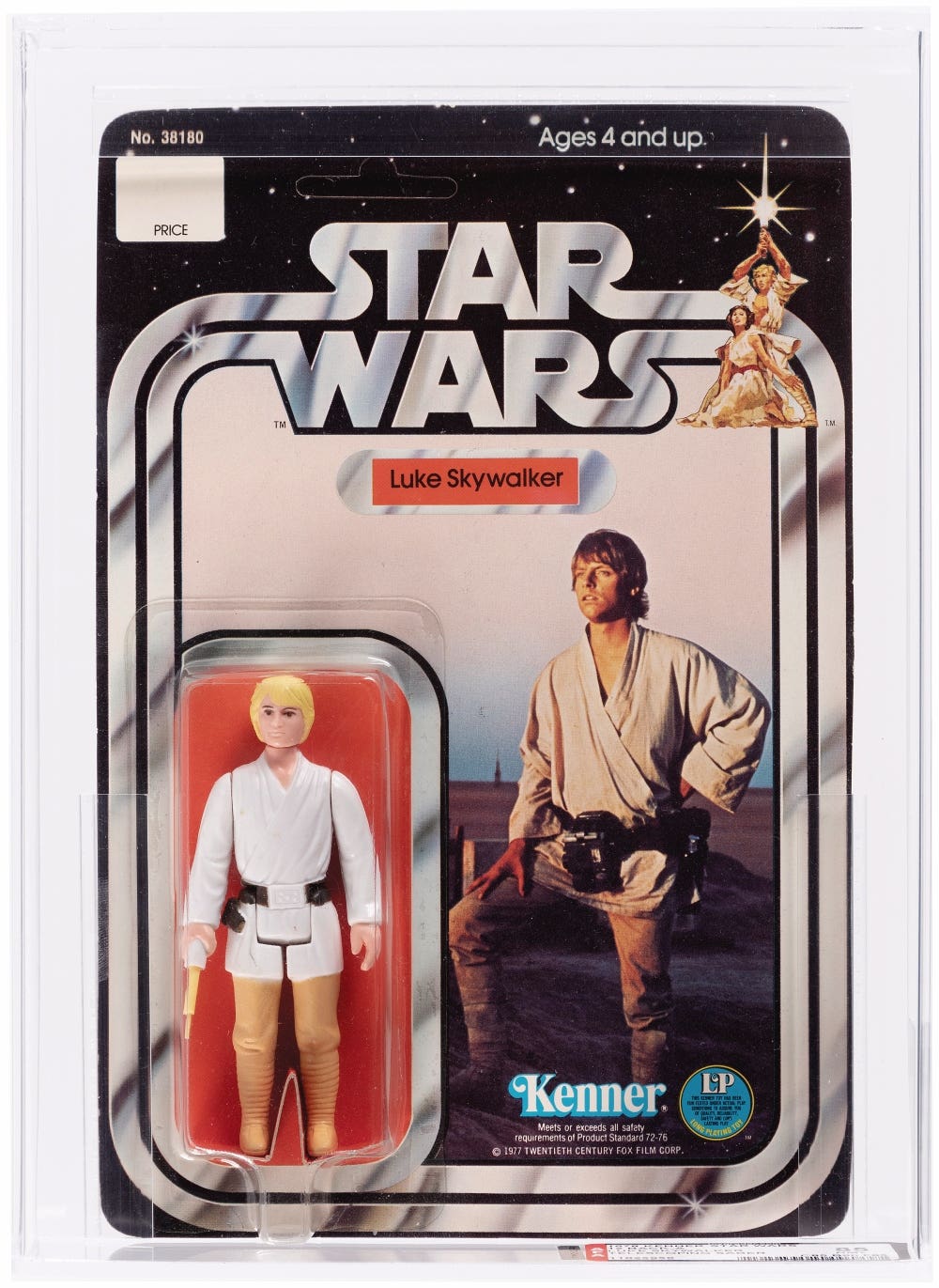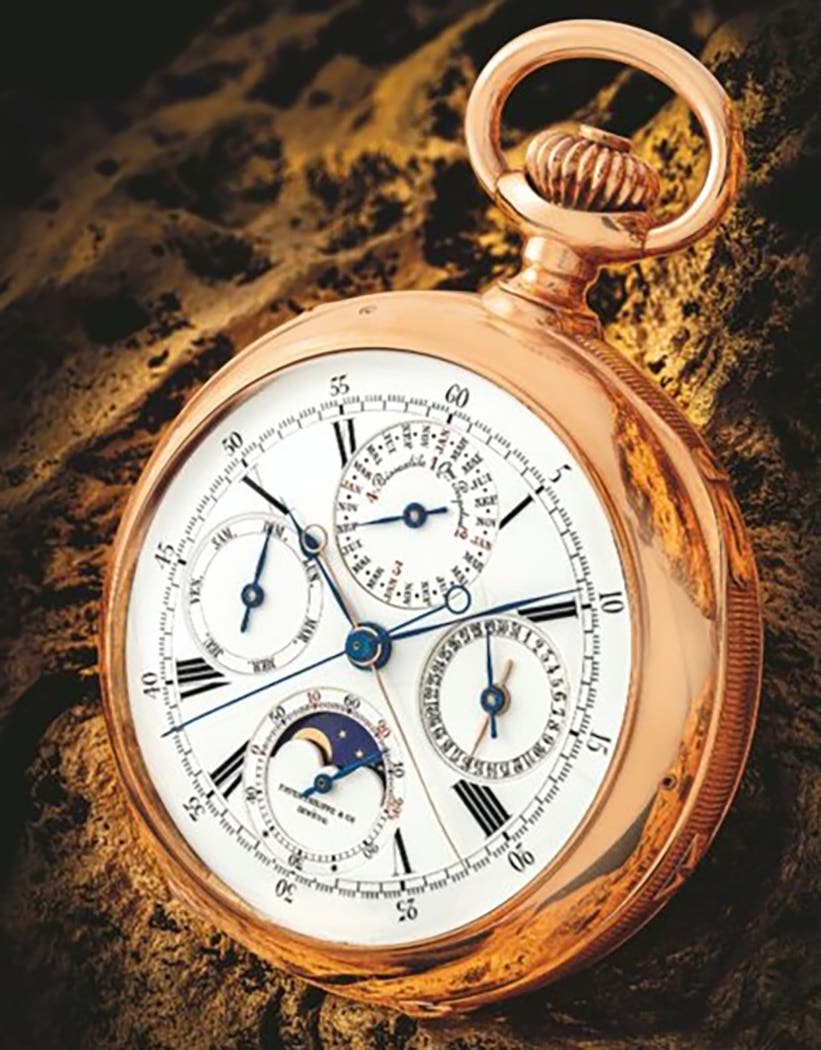Pumpkin Spice and Everything Nice
The color orange was much maligned by Victorians when it came to fashion, but these gowns beautifully showcase this autumn shade.
I had no idea that every time I’ve worn orange, I was advertising that I was full of passion befitting an animal and not someone who is pure. Well, back in Victorian times, I would have gotten some curious glances, anyway.
Although autumn colors of browns, reds and golds were favored by Victorians, orange got a bad rap. Fashion magazines of the day advised against wearing dresses in orange because the color was viewed as generally being too strong and unflattering for the complexions of most women.
Author George Audsley says in his 1870 book, Colour in Dress, that orange is “particularly to be avoided by the fair blonde,” while the 1855 Godey’s Lady’s Book minces no words: “Orange suits nobody. It whitens a brunette, but that is scarcely a desirable effect, and it is ugly.” According to the late Cecil Willett Cunnington, a leading fashion and costume historian, some people even believed that the color orange implied “a degree of animal passion which the pure ought not to possess.”
Oh, pish-posh. Luckily orange is more favored in these modern times and is thought of as being a happy and warm color. In fact, orange has been touted by Vogue and other fashion magazines as being a top color for 2020. Some Victorian designers seemed to agree with this notion and bucked the prevailing attitude toward orange in their day. So in celebration of October and it being the season for all things pumpkin spice, here is a roundup of some of those dresses and gowns that beautifully showcase this color that was once much maligned in that era:
Of all of the dresses shown here, this vivid orange gown by Charles Frederick Worth, circa 1865-67, is my favorite. That embroidery is spectacular.
Although orange by itself was considered garish, it was touted as being harmonious with several other colors, such as blue, which was considered orange’s opposite. In fact, Audsley states in his book that blue and orange worn together formed a “harmony of contrast,” which could be quite attractive on certain ladies. The Italian court dress above and below showcases this harmonious contrast.








